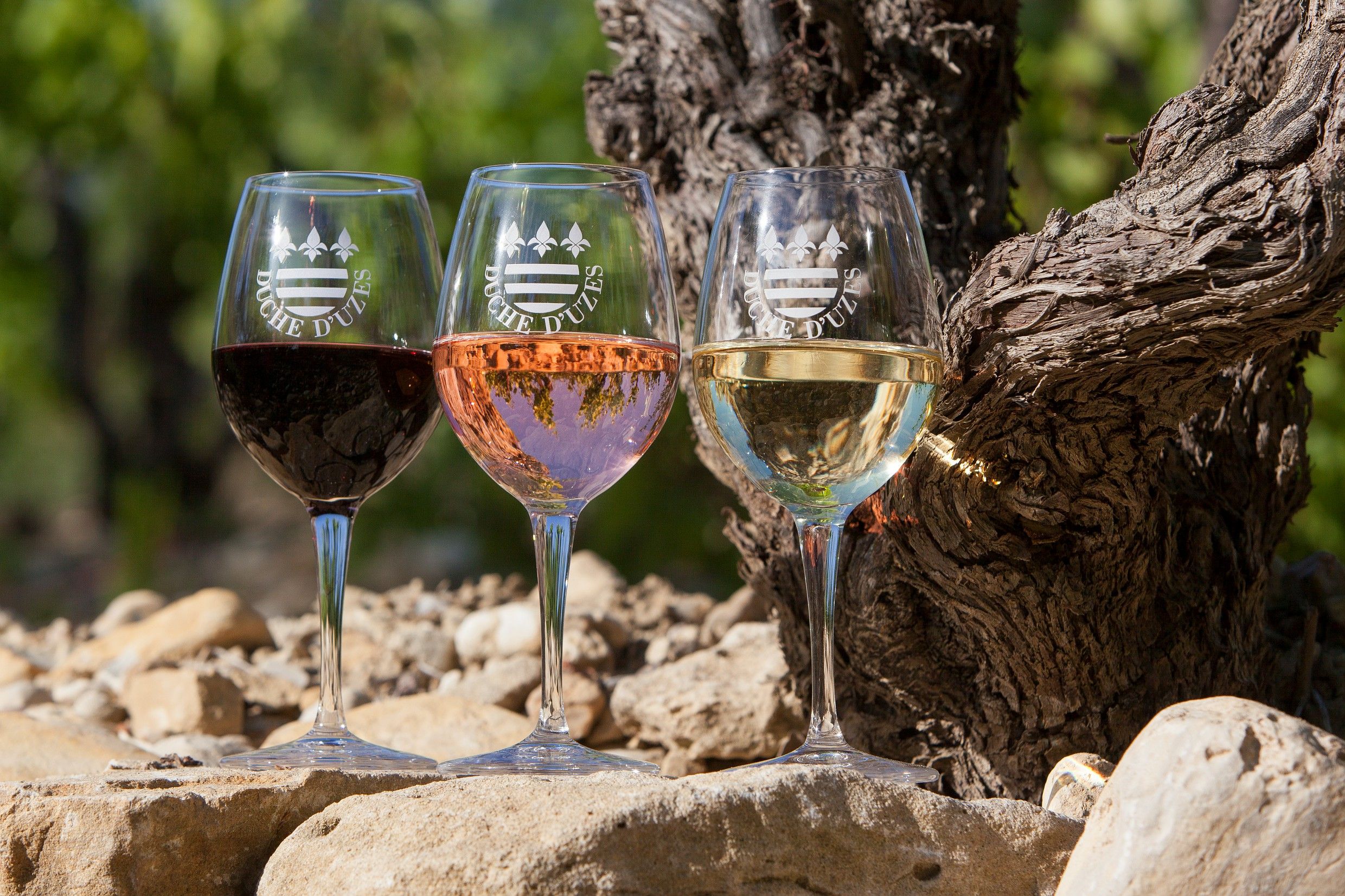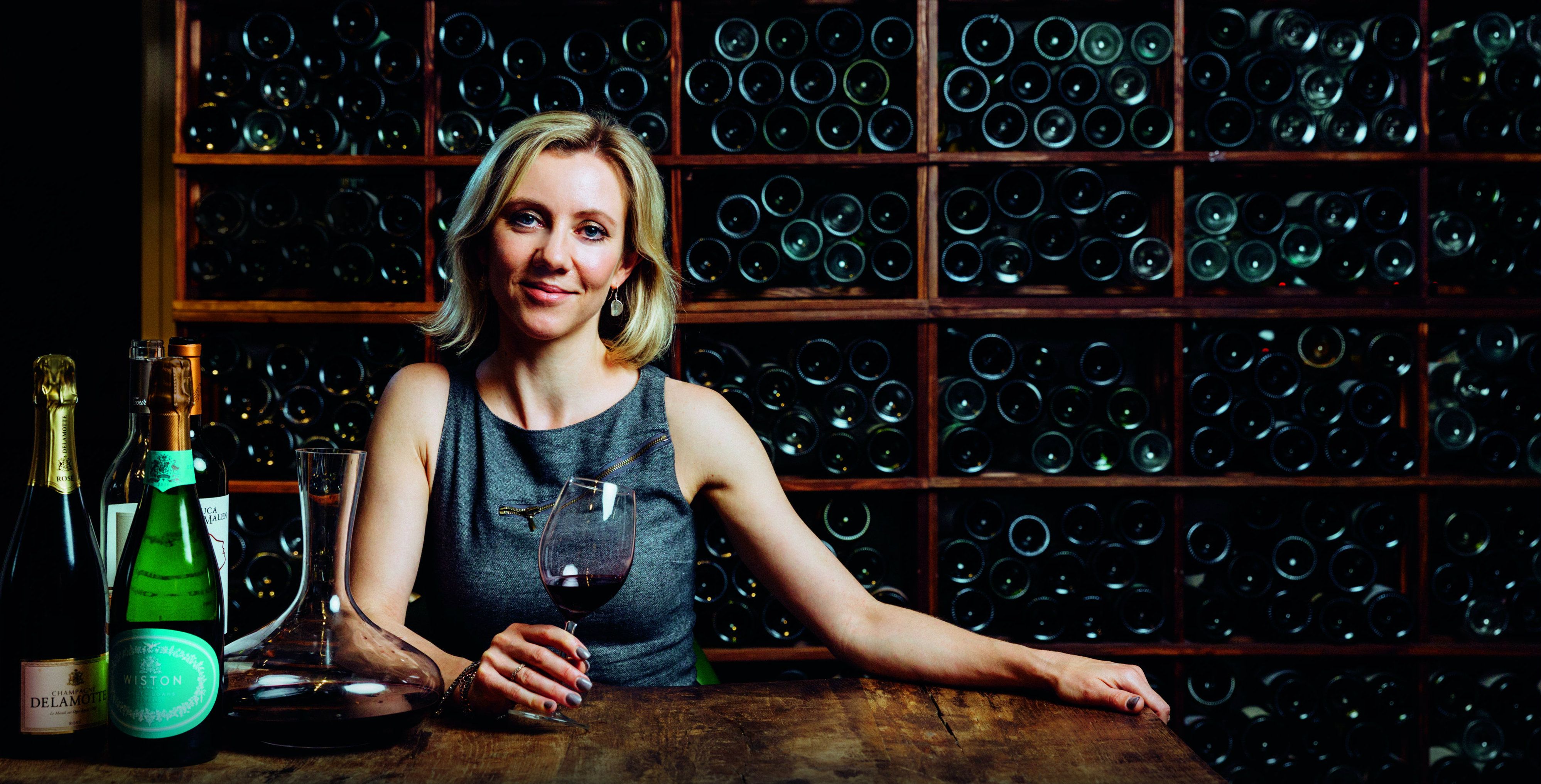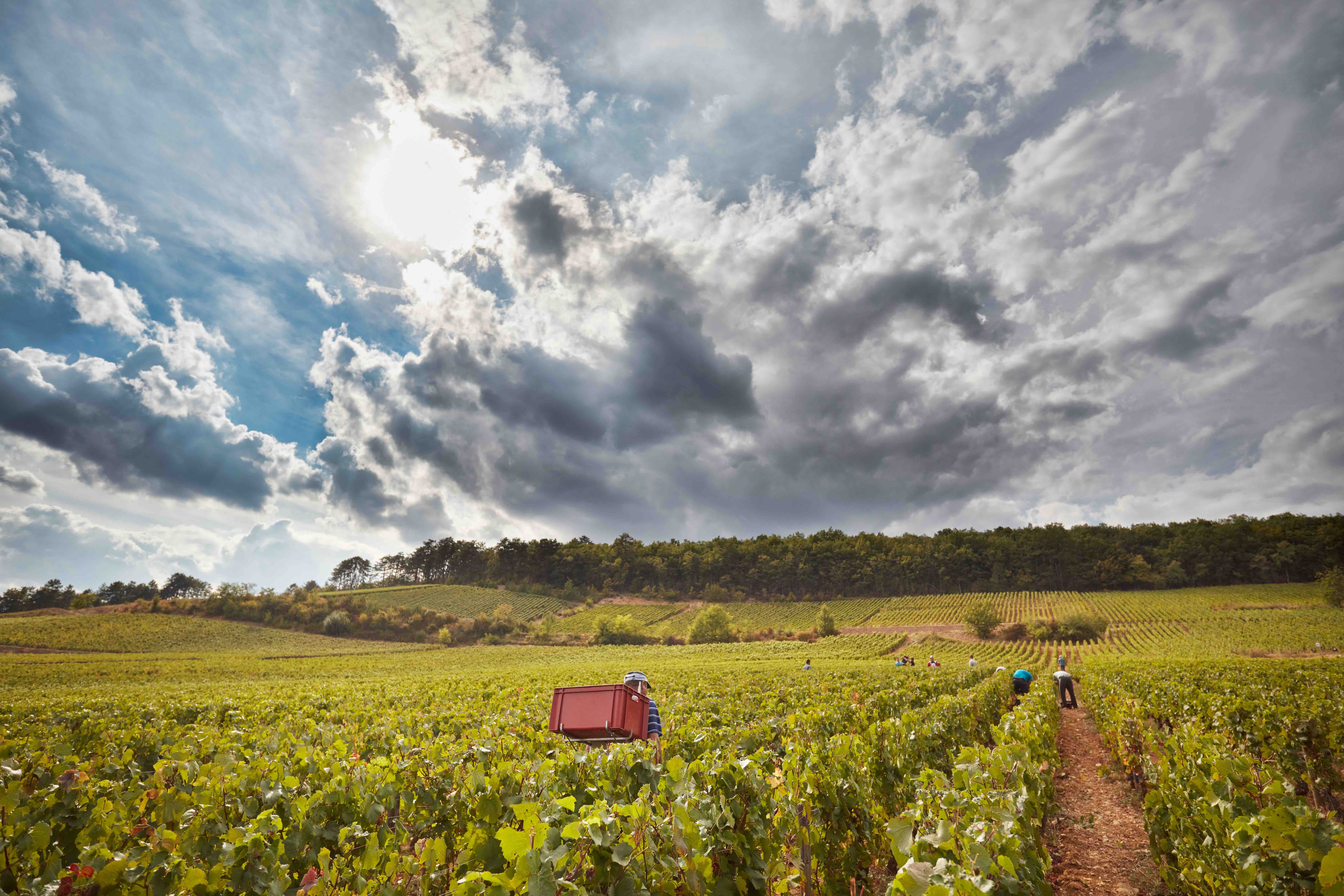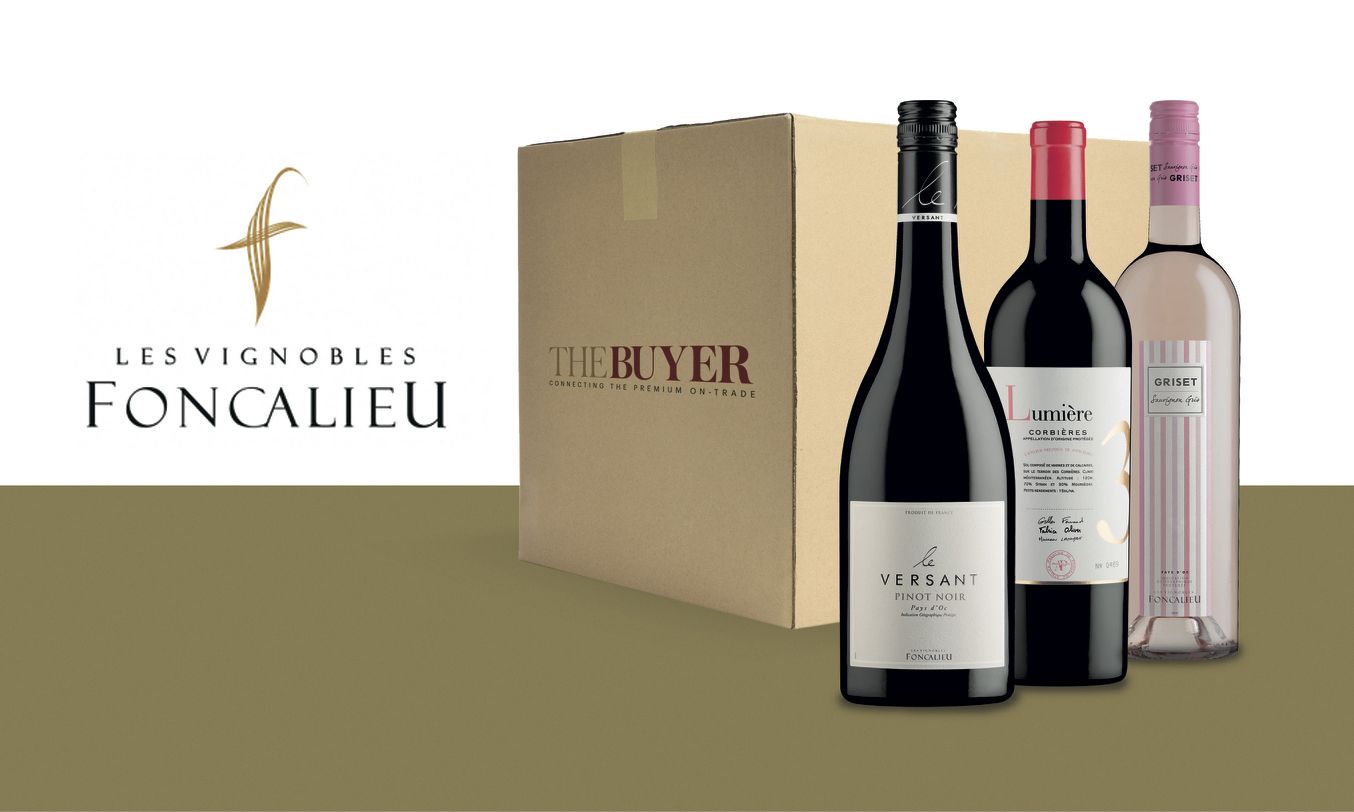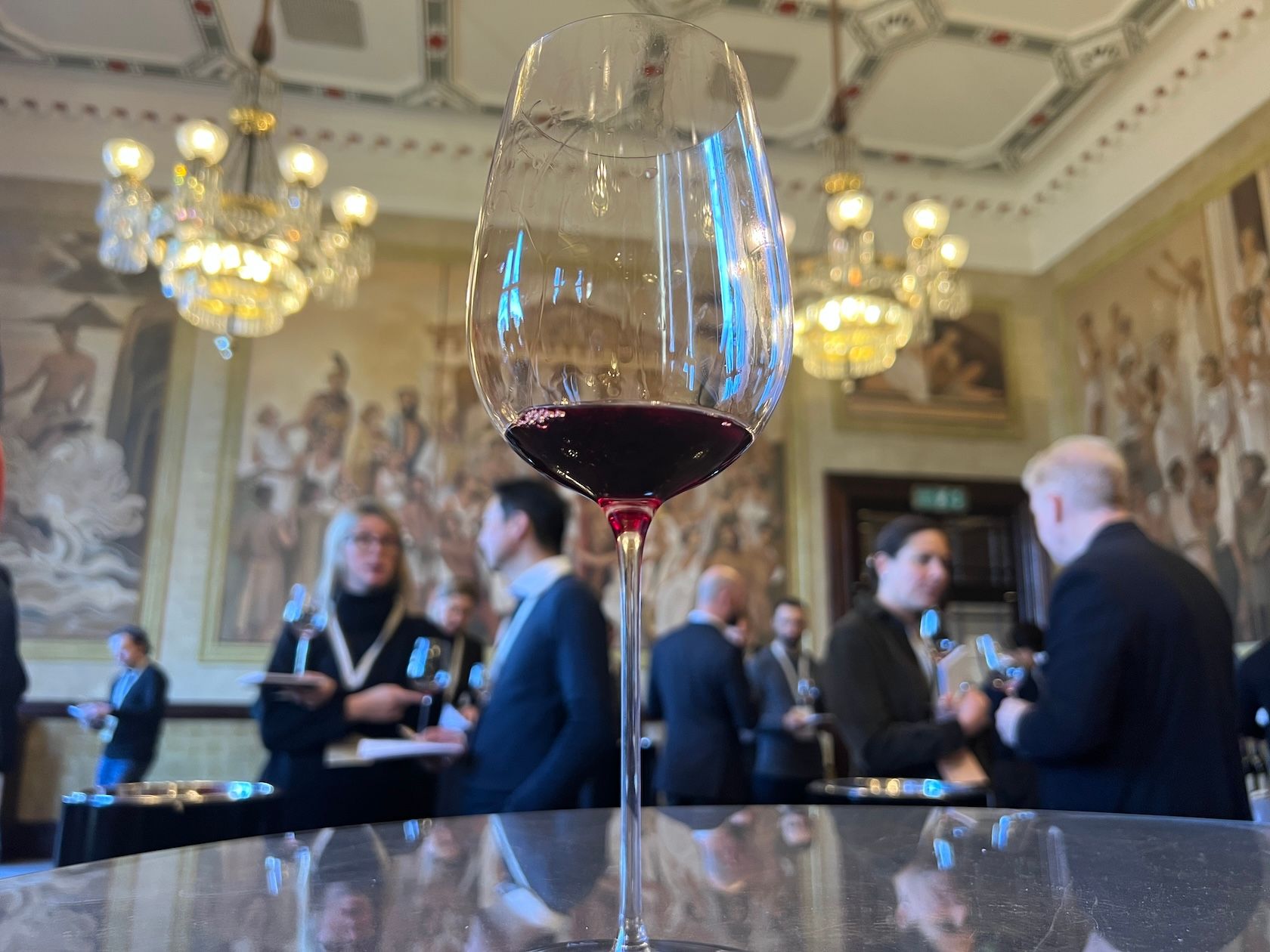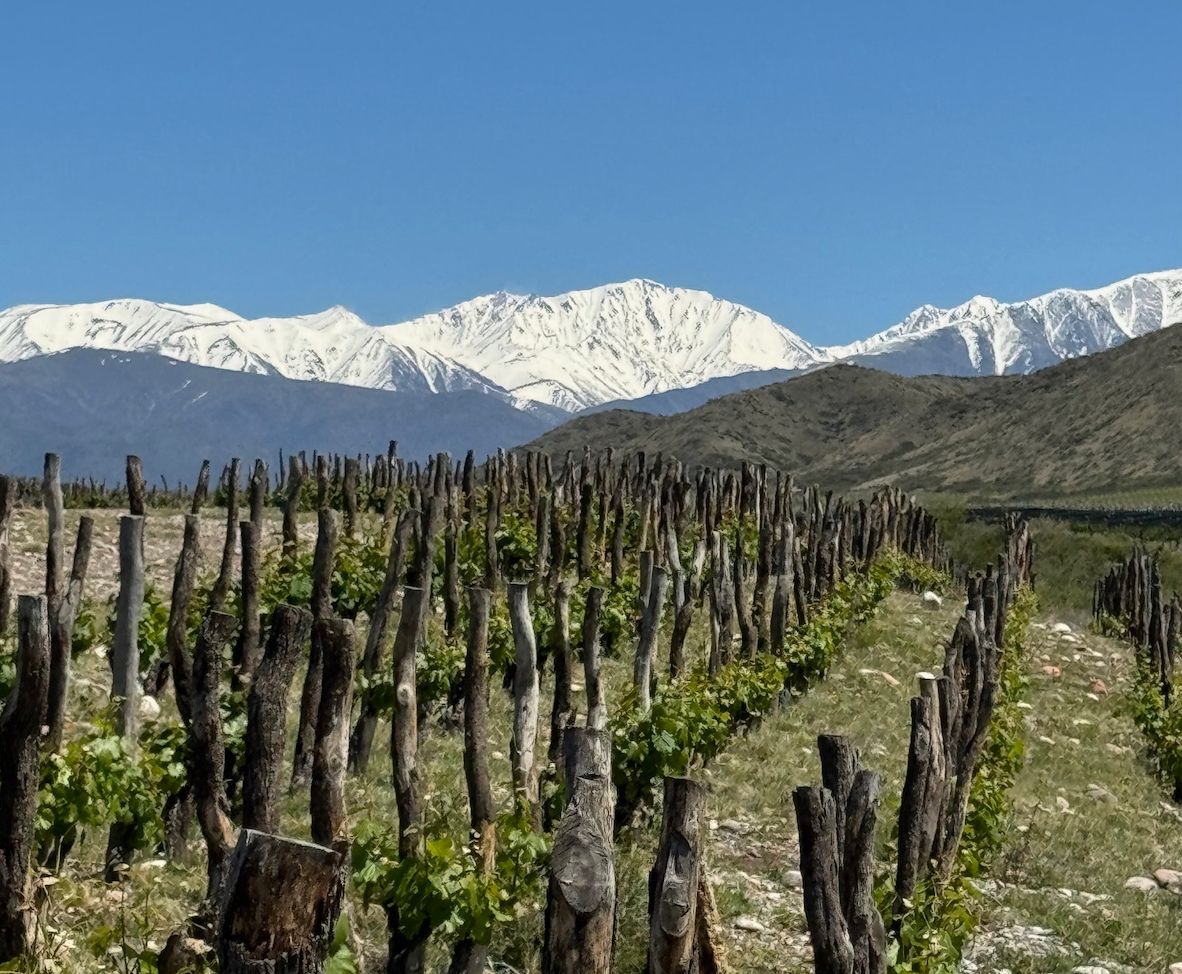For our latest Buyer’s Case initiative the brief was to determine which buyers in each of its target sectors would be best placed to offer the advice, support and guidance that Duché d’Uzès producers are looking for. The chance to work with a diverse panel of buyers from different channels of the premium on and off-trades who were interested in trying and potentially listing new wines.
Click here to download the full PDF report with all the buyers' responses
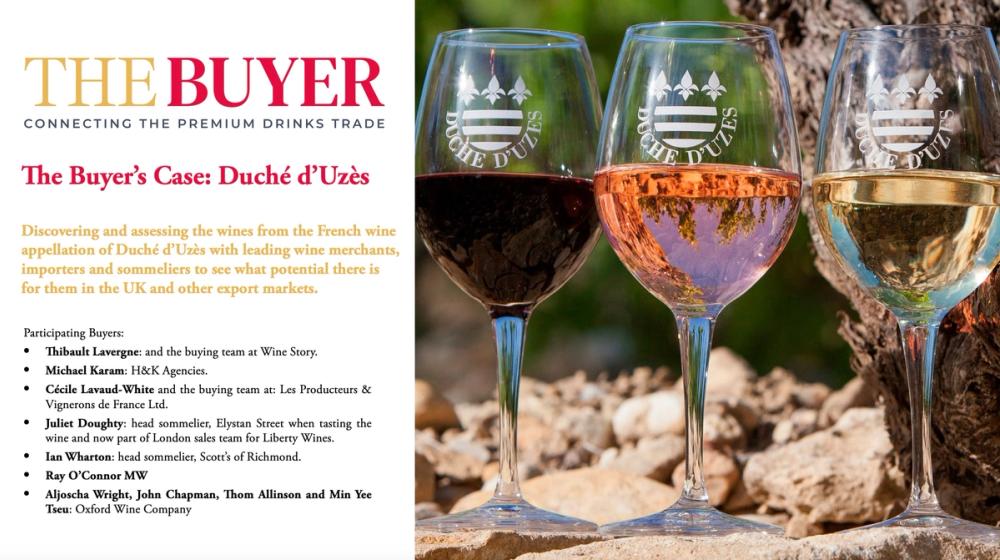
The opening spread of the PDF downloadable report featuring all the buyers' full comments
The Buyer’s Case Panel
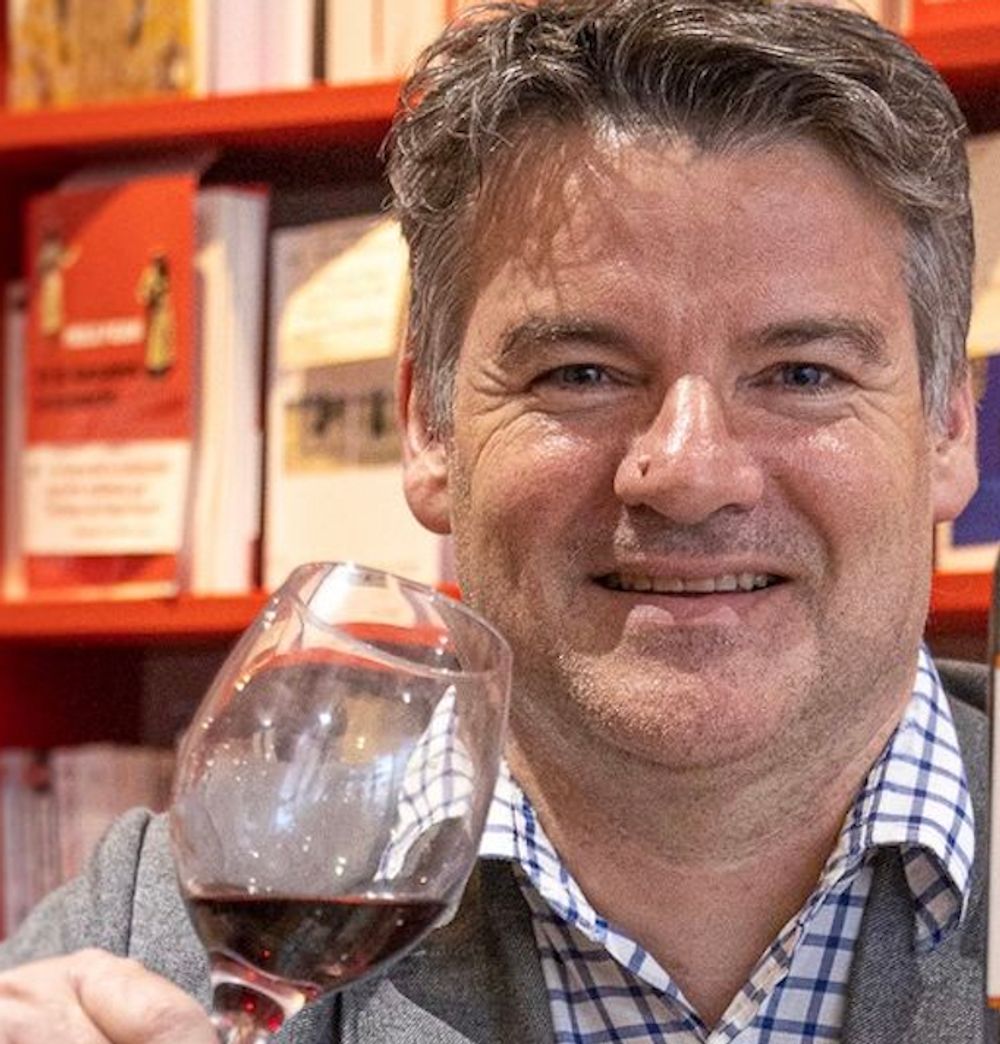
- Thibault Lavergne: and the buying team at Wine Story.
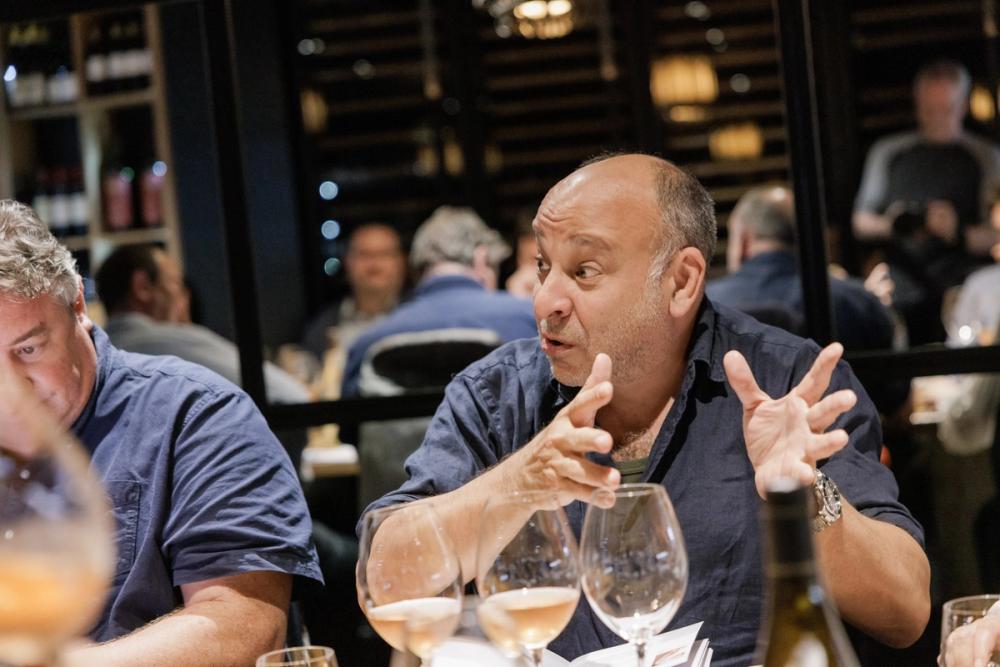
- Michael Karam: co-founder of H&K Wine Agencies.

- Cécile Lavaud-White and the buying team at: Les Producteurs & Vignerons de France Ltd.

- Juliet Doughty: head sommelier, Elystan Street when tasting the wine and now part of London sales team for Liberty Wines.

- Ian Wharton: head sommelier, Scott’s of Richmond.
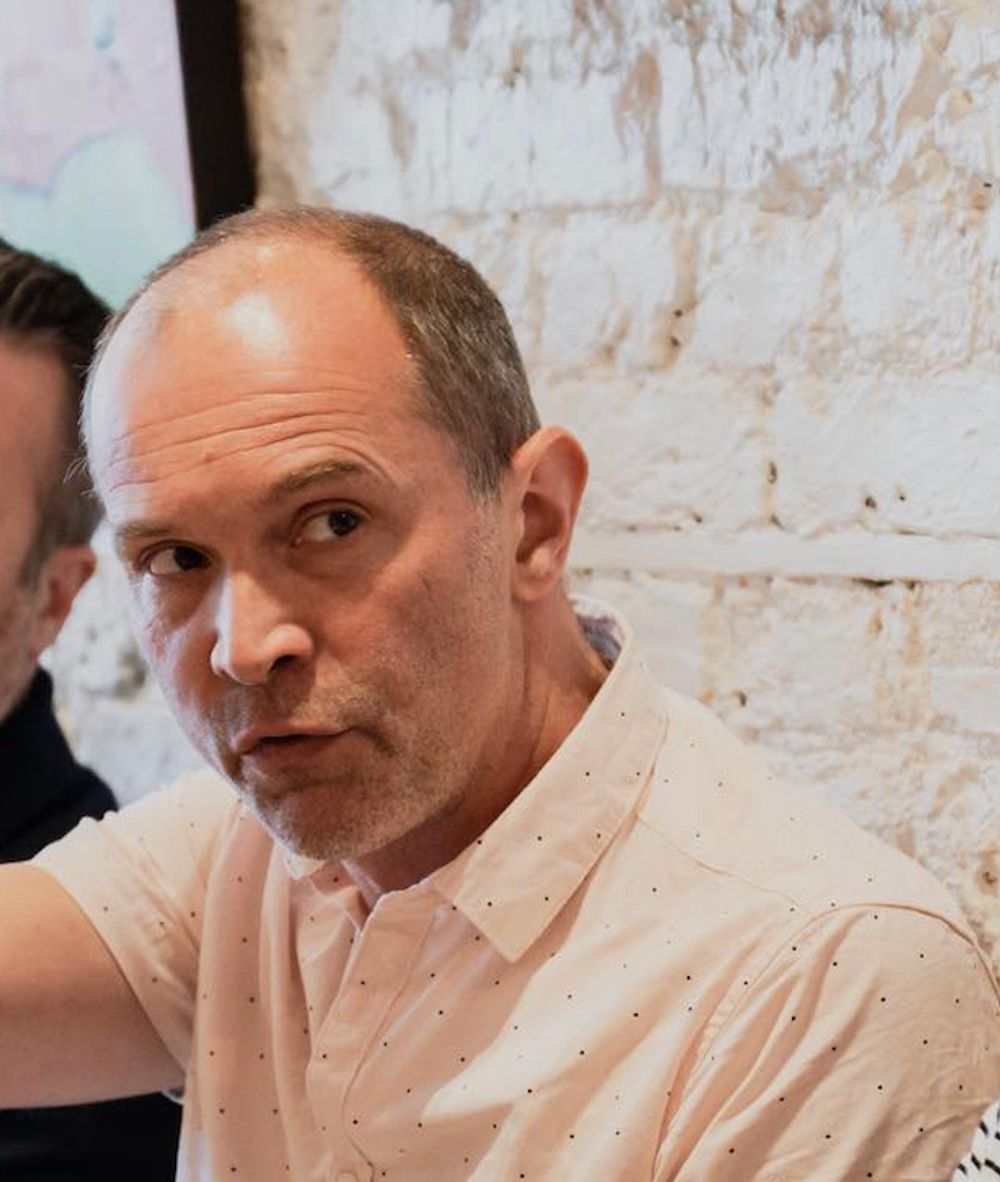
- Ray O’Connor MW: wine consultant www.rayoconnorwine.com.

- Aljoscha Wright, John Chapman, Thom Allinson and Min Yee Tseu: Oxford Wine Company.
They were tasked with judging two sets of wines from the Duché d’Uzès region with different buyers assessing each set. Juliet Doughty and Ian Wharton tasted wines from both groups.
They were also asked to taste and assess the wines in the same way answering the following questions for each wine tasted. The key here was not to determine whether any of the particular buyers wanted to buy a specific wine for their business, but to get their professional evaluation of each wine, explaining what they saw as its strength and weaknesses and whether it was the kind of wine that might be suitable for either their business or other outlets in the premium on-trade.
The Questions
- What do you think of the wine and the style?
- Is this the kind of wine of you would consider listing (note there is no obligation to do so if yes)? If yes please explain why.
- Is there any change to the style of wine you would advise to suit the UK market better?
- What do you think of the price point?
- What do you think of the packaging design and format? Any suggested improvements.
- If you did list the wine would you recommend to put it on by the glass or the bottle or both? Explain why.
- Which channel of the trade do you think this wine is best suited for and why?
The Wines
Group 1 Wines:
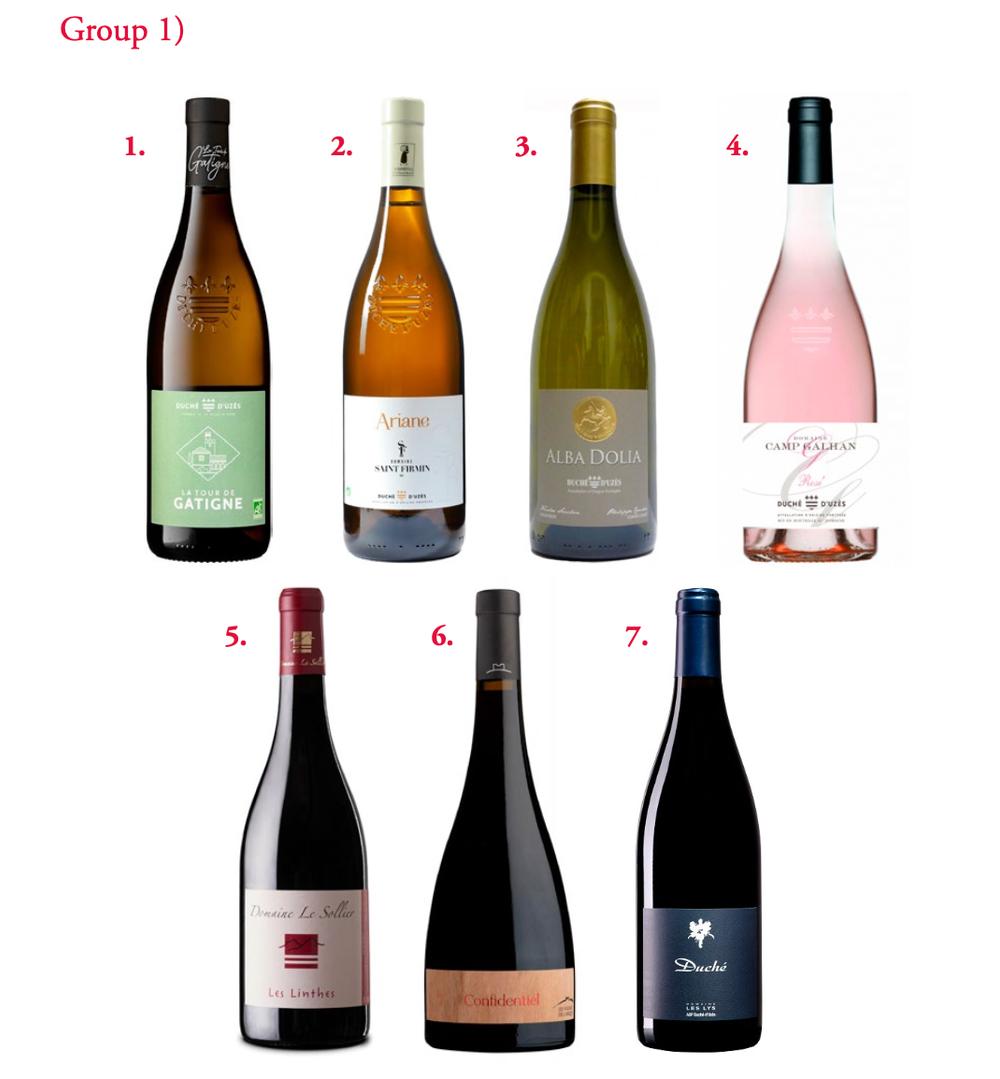
- La Tour de Gâtigne Blanc Duché d’Uzès 2023
- Domaine Saint Firmin Blanc Ariane 2022
- Mas des Volques Blanc Alba Dolia 2022
- Domaine Camp Galhan Rosé Duché 2023
- Domaine le Sollier Rouge Les Linthes 2021
- Les Vignes de l’Arque Rouge Confidentiel 2021
- Domaine les Lys Rouge Duché 2020
Group 2 Wines
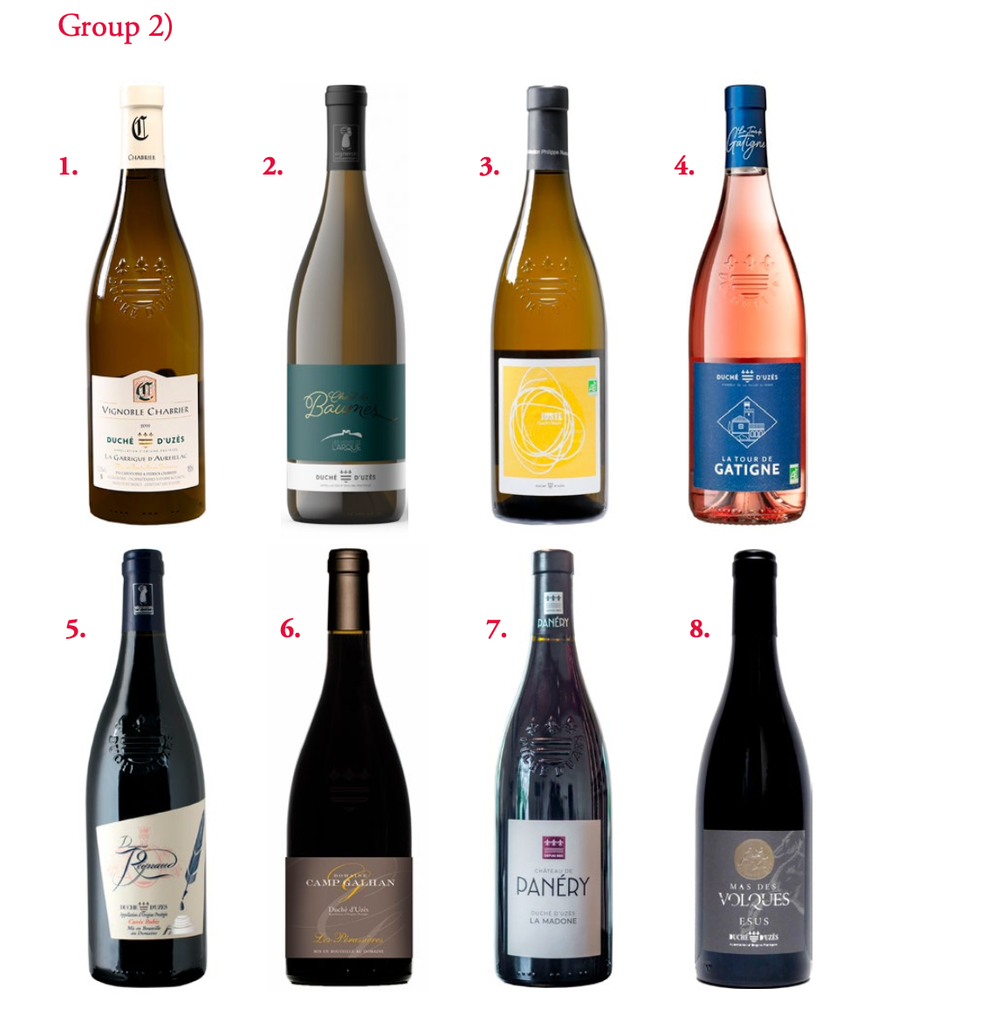
- Domaine Chabrier Fils La Garrigue d’Aureillac 2022
- Les Vignes de l’Arque Chant des Baumes 2022
- Durfort la Cave Juste 2022
- La Tour de Gâtigne Rosé 2023
- Domaine Reynaud Rubis 2022
- Domaine Camp Galhan Pérassières 2022
- Château de Panery La Madone 2021
- Mas des Volques Esus 2022
The Region:

One of the greatest champions of Duché d’Uzès was writer Jean Racine. While staying in Uzès in 1661, he wrote to a friend in Paris describing the wines as “the best in the kingdom,” famously stating that “we have nights more beautiful than your days”.
Its modern history rests on gaining AOC status in July 2013, after a 25 year process.
The region of Duché d’Uzès sits between Nîmes and Alès, with the town of Uzès in the east of the region. It is blessed with vast areas of limestone plateaux and woodlands that separate Nîmes, Sommières, and the Rhône Valley.
Its wines are made in the cool shadows of the mountainous Cévennes region to the west and the 630m Mont Bouquet to the north. Its mediterranean climate gives its wines a fiery southern character with big swings in day and night time temperatures helping to produce textured, fresh wines – particularly the whites. The mix of sandstone, marl, cobbles, scree, alluvium and hard limestone throughout the region are unique to the area.
With around 340 hectares of vines this is a niche area of the Rhône with growing potential for its red (around 55% of production), white (29%) and rosé (16%) and average yields of 31 hl/hectare and total production just over 10,000 hectolitres. Average rainfall is around 600mm a year.
The main red grape varieties grown here are Grenache and Syrah - which must be used in blends of red and rosé wine - supported by Carignan, Cinsault and Mourvèdre. Its white wines are mainly made from Viognier and Grenache Blanc blended with Roussanne, Marsanne or Rolle.
A bottle with a coat of arms was created in 2003 by the local Syndicat which is now used on the labels of around 70% of all Duché d’Uzès wines. Up to 95% of its wines are bottled in the production area.
